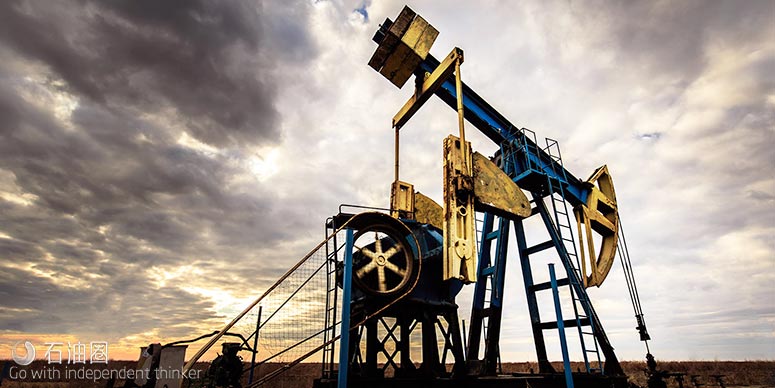POWER, AUTOMATION, CONTROL AND MONITORING
McKinsey statistics show that engineers spend around 28% of their working days dealing with email, while Industry Week says 25% to 50% of their time is spent in meetings. That’s why it’s important that well analysis is automatic, providing engineers with ranked opportunities and problems.
Monitoring is critical. Although most wells have downhole sensors and real-time surface data, all too often the information is not actually used to optimize production. What’s even more problematic, is the use of different vendor-provided monitoring systems for ESP and gas lift wells can cause data to be scattered over multiple systems. This makes comprehensive analysis difficult, and wells are run sub-optimally. These issues, combined with WTI hovering around $45 to $55/bbl, require that wells on lift be fully optimized, 24/7.
CO2 modeling and gas lift analysis
Artificial Lift Performance’s (ALP) Pump Checker is designed to solve a multitude of these issues. The system brings all data together, regardless of whether an ESP or gas lift is being employed. APL’s Pump Checker also has two new functions:
1.Simulation of CO2 phase behavior through ESPs for CO2 floods;
2.Gas lift analysis.
Pump Checker provides a simple, one-world view of all the pumps and systems that an operator uses. It enables engineers to react more quickly to opportunities and alerts them to unforeseen problems. The technology means more oil and fewer failures. The Pump Checker:
1.Integrates real-time and production data on a single platform.
2.Gives the same data presentation for all wells, so less time is spent training engineers.
3.Performs analysis independent of reservoir data, highlighting any pump degradation, even when the pump is new.
4.Ensures that engineers can focus on optimizing the most profitable wells.
5.Models CO2 behavior, so liquid volumes in the pump are better known.
6.Calculates the point at which CO2 will flash, for maximum off-take.
7.Monitors gas-lifted wells, highlighting those where injection is not at the orifice or where increased gas injection rates would boost production.
8.Proactively alerts engineers to non-routine operating conditions.
9.Helps predict pump failure.
Pump Checker is scalable, and works for small operators with a handful of pumps, or majors with thousands of wells. The results are consistent. Base production rises by between 5% and 10%, with individual well performance increasing by up to 30%. These returns make the device commercially viable in many applications.
VSD generates intelligent alarms
There are different ways of operating an oil field, from basic data monitoring to complex algorithms in automated systems. In the first case, the system reliability and production optimization rely on the skills and actions of the individual engineers that can be overwhelmed by large amounts of information that makes prioritizing actions difficult. With fully automated systems, the complex algorithms require highly skilled personal and often costly investments. While it may be cost-effective organizing the latter kind of support for large sites, it might not be the best fit for smaller sites.
Leroy-Somer’s new variable-speed drives, with advanced data monitoring and logging (DML) features, provide an alternative solution that easily anticipates trips and failures for managing site operations. The DML centralizes well data, including drive, downhole and head, in the VSD, where a powerful interface provides months of logging. This interface analyzes the data and flags deviations in logged parameters (programmable slope). Operators can define and prioritize combinations of flags to generate intelligent alarms, as required.
The amount of information communicated to the operator is reduced considerably, which improves reaction times. Producers can still validate an alarm by accessing the data, thus securing the corrective action. Overall, the Leroy-Somer Advanced DML can significantly reduce downtimes and workover costs.

 石油圈
石油圈


